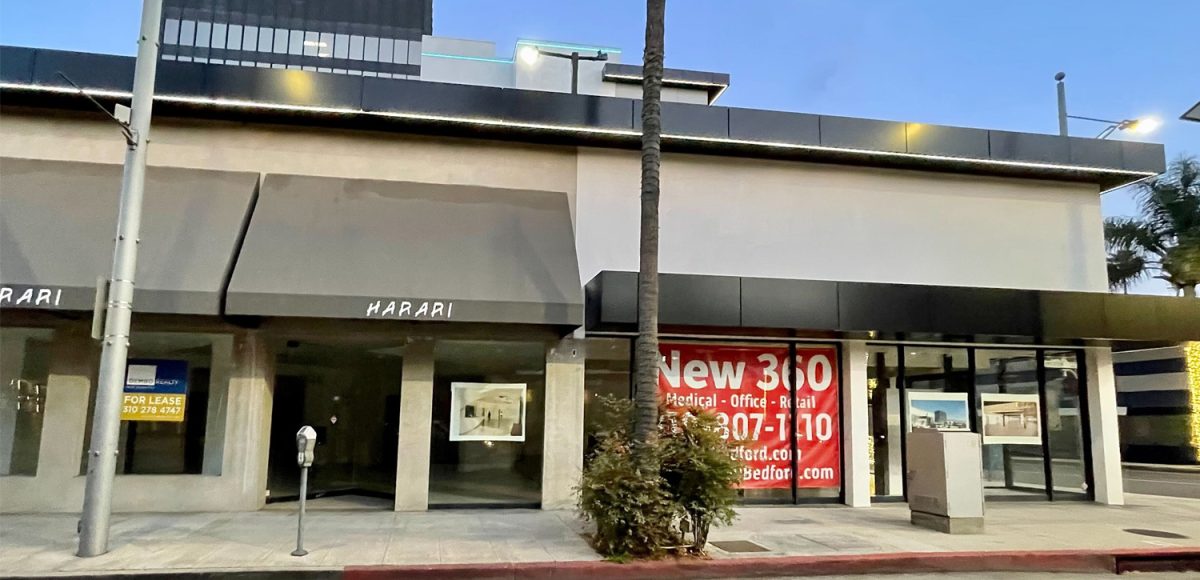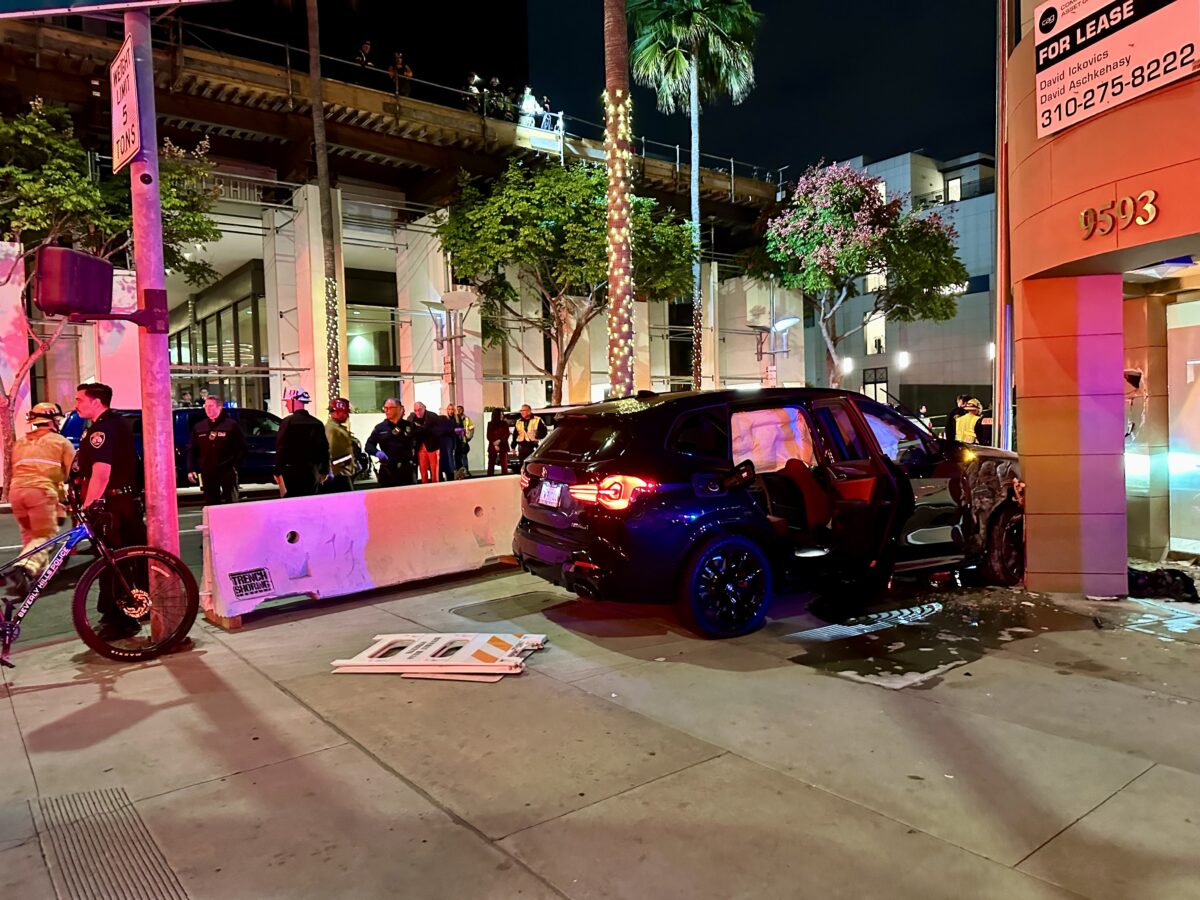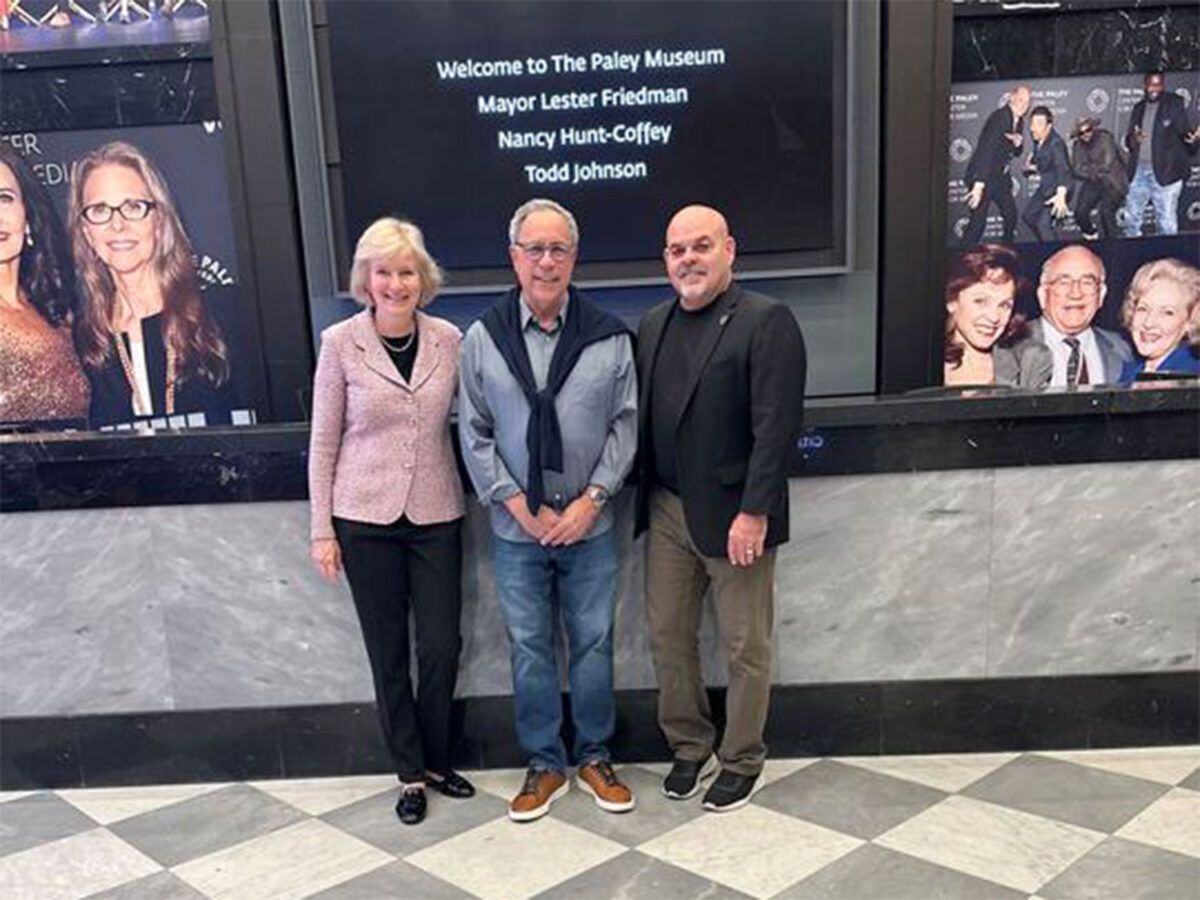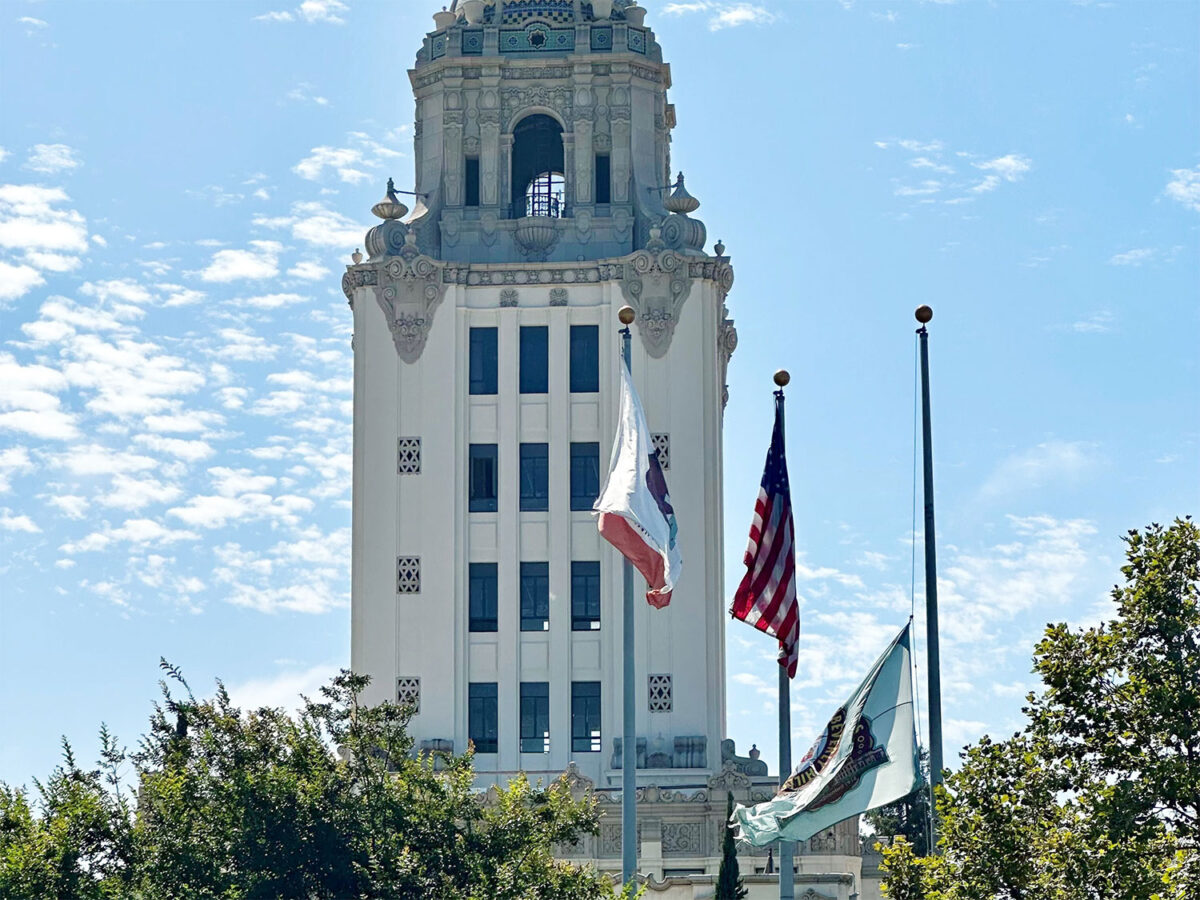In an ongoing effort to develop strategies that set up the business community for success, the Property Owners Task Force Committee reviewed the mixed-use development pipeline, the potential impact of the future Metro D Line Extension Wilshire/Rodeo station on tenants, and the commercial leasing activity in Beverly Hills at its liaison meeting on June 16. With the Wilshire/Rodeo station slated to open in 2025, the committee debated whether the station would benefit from a public restroom and what impact that would have. City staff reported no new mixed-use applications (which allows for buildings to have a combination of residential and commercial uses) and provided the Task Force and council liaisons Vice Mayor Dr. Julian Gold and Councilmember Lester Friedman with the latest commercial vacancy rates in Beverly Hills.
According to statistics sourced from CoStar real estate database by Greg Sefain, Economic Development Manager with Beverly Hills Chamber of Commerce, vacancy rates for both retail and particularly office submarkets have increased since 2019.
In 2019, the vacancy rate for offices was at 9.2% with an average market rent per square foot at $70.94. In 2020, it rose to 10.3%, in 2021 to 17%, and now 16.5% in 2022. While the average market rent for offices has gone down in the last four years, currently at $68.52, the vacancy rate has almost doubled. Compared to West Hollywood, Century City, and Santa Monica, Beverly Hills has the highest office vacancy rate as of June 2022. For comparison, the office vacancy rate in West Hollywood is 10%, with an average rent of $57.20 per square foot.
For retail, the vacancy rate was 4.8% in 2019, with an average market rent per square foot at $96.34. In 2020, the vacancy rate rose to 5.65%, in 2021 to 6.5%, and 6.1% in 2022. The average rent for retail has increased by $2.06 since 2019. Despite having a substantially higher market rent, Beverly Hills has the lowest retail vacancy rate as of June 2022 compared to West Hollywood, Century City, and Santa Monica. For comparison, the retail vacancy rate in Santa Monica is 10%, with an average rent of $70.36 per square foot.
“Generally speaking, compared to most cities, we didn’t lose nearly as many businesses as other cities did,” Chamber President and CEO Todd Johnson said. “And we have upwards of 35-40 new businesses that have opened or will be opening within the next 12 months, some amazing restaurants, and some great retail.” Big names like Erewhon, Shake Shack, Sweetgreen and Jon and Vinny’s are all expected to open between summer and fall this year. However, Johnson said as the Chamber is anticipating a less robust fall with fewer tourists expected, they’re planning to encourage residents to shop and dine locally.
Nearly two years after the City Council approved the mixed-use ordinance in 2020, there are few mixed-use projects in development. The ordinance allows for the development of mixed-use buildings as residential above commercial along some of the major corridors in the city where that was previously not allowed. The height limits vary between three and five floors, depending on the adjacent residential uses in the area.
According to City Planner Timothea Tway, there are no applications that have been submitted right now, but there are two mixed-use projects in the works in the concept review phase.
“Obviously, 30 story buildings might be an answer, but that’s not going to happen,” Gold said. “But within reason, are there things that we could do that would make it more attractive?”
“There are probably some places in the city where the council might be more willing to allow greater height or density,” Gold added.
With Metro stations opening in 2025 in Beverly Hills, the impact it will have on tenants was a new agenda item to “get people to think about if there are things we should be considering as this gets closer,” Vice Mayor Gold said. “Now’s the time to put them on the table.”
With regards to a public restroom at the Wilshire/Rodeo station, stakeholders advocated both for and against it, with some proposing a fee-based system.
“Metro does not have restrooms in any of their outlets so far,” Friedman said. “It was supposed to go to the Metro board in terms of what they were going to do in their stops, and we had our own independent discussion about what we should do in Beverly Hills. We were taken on a tour of a Metro station by the police department, and we were informed of the significant issues of having a restroom at a stop. Crime issues, the fact that we would be perhaps the only one that would have a restroom along the way, and it’s really being rethought as to what we really should do.”
Proponents argued that by providing a restroom, it would deter people from public urination in nearby alleyways and side streets. “There are positive things, we just have to figure out how to manage unwanted urination and other things that come up,” said David Mirharooni, who sits on the Chamber’s Board of Directors.
“I think it’s very much a work in progress,” Gold said. “TBD what that’s going to look like.”







